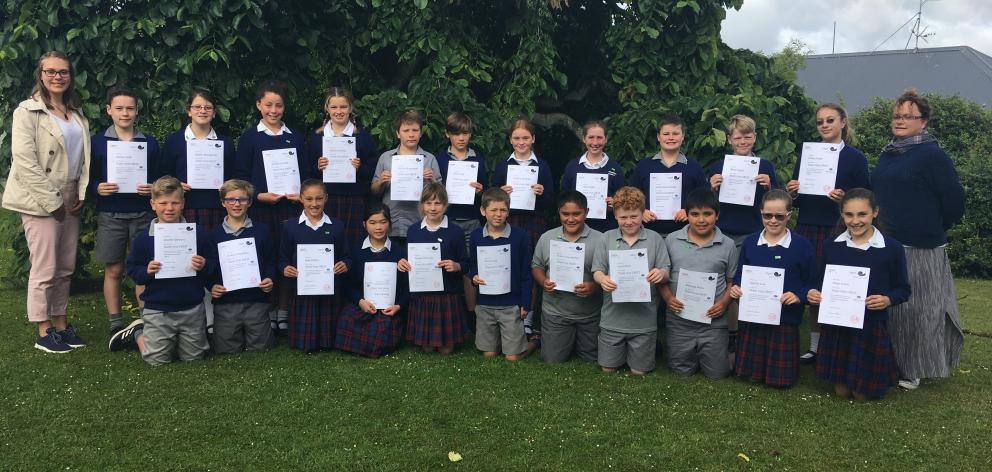
A group of pupils have been recognised for their work investigating the health of Otago Harbour.
The New Zealand Marine Studies Centre and the University of Otago department of marine science launched a "Sediment and Seashores'' project in 2016.
It is investigating the consequences of dredging on Otago Harbour rock shore communities.
Following this year's work on the project, last week pupils from schools including Otago Girls' High School, St Brigid's School, Broad Bay School, Macandrew Bay School and Musselburgh School received Crest Awards to recognise their work.
Crest is a Royal Society Te Aparangi programme designed to encourage years 0-13 pupils to be innovative, creative and able to problem solve in science, technology and environmental studies.
New Zealand Marine Studies Centre director Sally Carson said the project was launched three years ago following public concern over the effect dredging was having on the harbour.
Ms Carson said children gathered valuable information as part of the Marine Metre Squared project.
The project investigated sites in the rocky intertidal zone, pupils collecting information about the diversity and abundance of seashore species found there.
Children also investigated the accumulation of sediment on the shore over time between sites.
All information was entered in a national database and would be very useful, Ms Carson said.
"There is a lot of learning ... It allows children to develop science process skills and they can be scientists in their own local environment.''
St Brigid's School teacher Deborah Whitty, who has been involved in the project from the start, said it was great for the children to get out of the classroom and be scientists themselves.
"They get to see science at work ... They realise they're actually being scientists themselves.
"It's important and practical learning that gets brought into life.''
ELLA.STOKES @alliedpress.co.nz
A group of pupils have been recognised for their work investigating the health of Otago Harbour.











